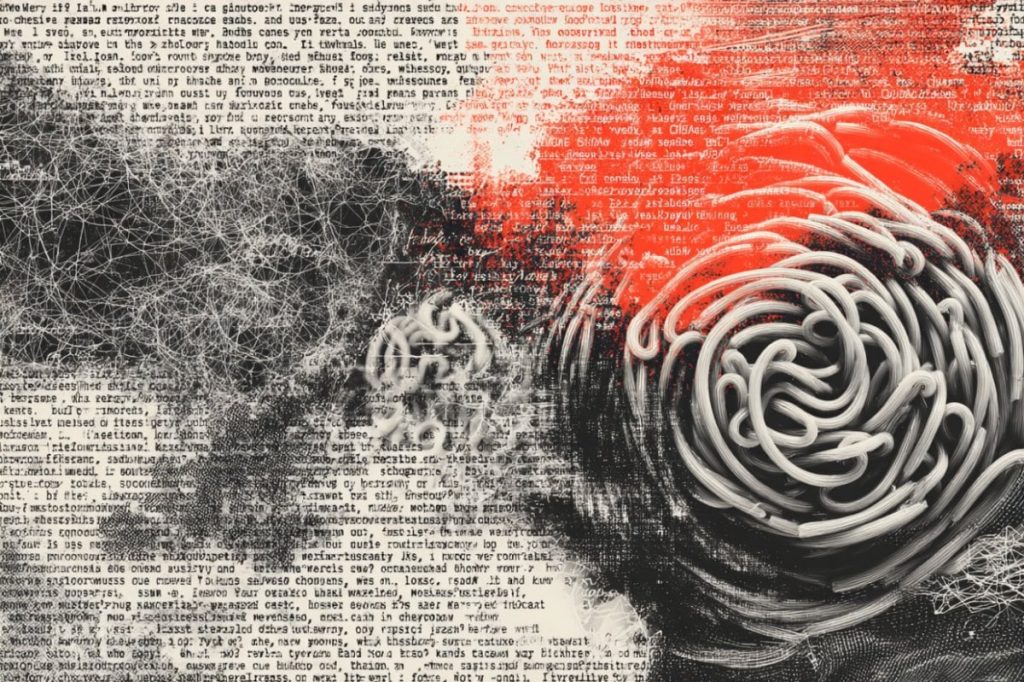AIPasta: A New Frontier in Disinformation Warfare
The digital age has ushered in an era of unprecedented information access, but this access comes with a dark side: the proliferation of disinformation. While traditional methods of spreading false narratives, such as “copypasta” (verbatim repetition of the same message), have been a concern, a new, more sophisticated threat has emerged: AIPasta. This insidious tactic leverages the power of artificial intelligence to generate multiple, slightly varied versions of the same false claim, creating an illusion of widespread consensus and amplifying its persuasive impact.
Researchers have sounded the alarm about AIPasta’s potential to reshape the disinformation landscape. Unlike traditional copypasta, which is easily detectable due to its repetitive nature, AIPasta’s AI-generated variations evade detection, making it harder to moderate on social media platforms. This enhanced stealth, coupled with its ability to exploit cognitive biases, makes AIPasta a potent tool for manipulating public opinion and eroding trust in legitimate sources of information.
A recent study published in PNAS Nexus explored the persuasive potential of AIPasta. Researchers used both copypasta and AIPasta methods to disseminate conspiracy theories about the 2020 US presidential election and the COVID-19 pandemic. While neither method significantly convinced participants overall, a deeper analysis revealed a concerning trend. Among Republican participants, who were more predisposed to believe the specific conspiracies studied, AIPasta was more effective in increasing belief in the false claims than traditional copypasta.
Perhaps even more alarming, AIPasta, but not copypasta, significantly increased the perception of consensus around the false claims among participants of both parties. This finding underscores the danger of AIPasta’s ability to create an illusion of widespread belief, even among those who might not initially be receptive to the specific misinformation. This perception of consensus can sway individuals towards accepting the false narrative, even in the absence of concrete evidence.
The study also highlighted AIPasta’s ability to circumvent detection by current AI-text detectors. This presents a significant challenge for social media platforms struggling to combat misinformation. While traditional copypasta is relatively easy to identify and remove due to its repetitive nature, AIPasta’s diverse variations make it much harder to detect. This effectively allows AIPasta campaigns to proliferate unchecked, potentially reaching a much wider audience and causing greater damage.
The emergence of AIPasta represents a significant escalation in the disinformation arms race. Its combination of AI-powered sophistication and psychological manipulation poses a serious threat to the integrity of information online. As generative AI becomes more accessible and sophisticated, the potential for AIPasta campaigns to spread rapidly and widely increases. This necessitates the development of more robust detection methods and mitigation strategies to counter the growing threat of AI-powered disinformation. Researchers, social media platforms, and policymakers must collaborate to develop strategies that can identify and neutralize AIPasta campaigns before they can significantly impact public discourse and erode trust in factual information. The future of online information integrity may well depend on our ability to effectively combat this emerging threat.


